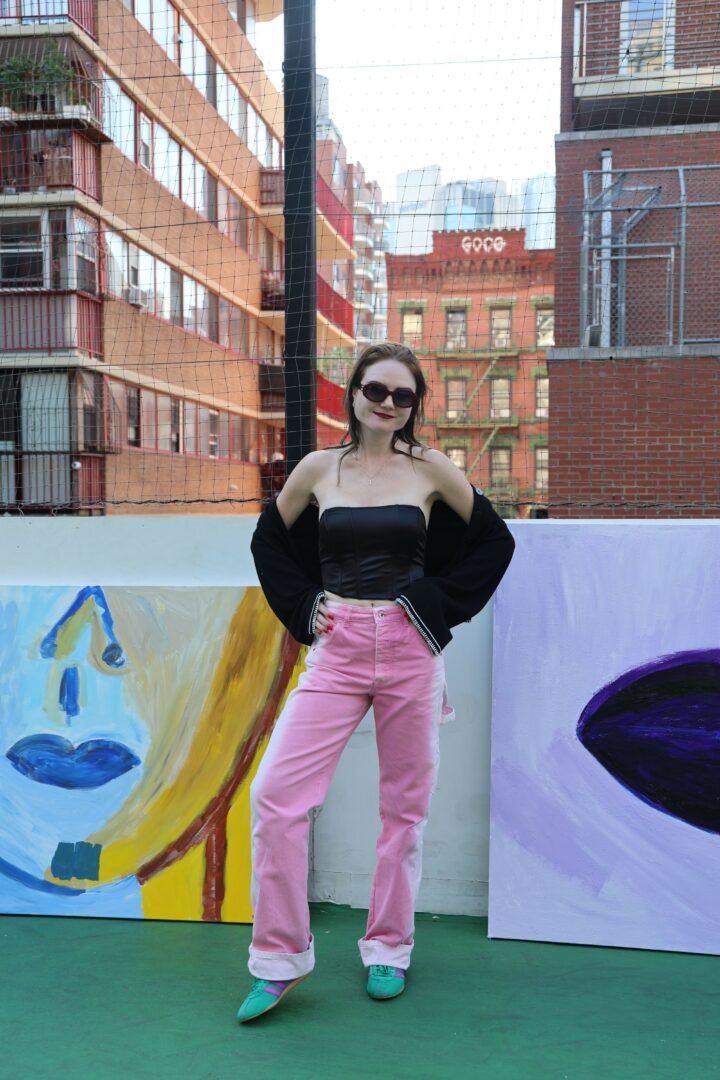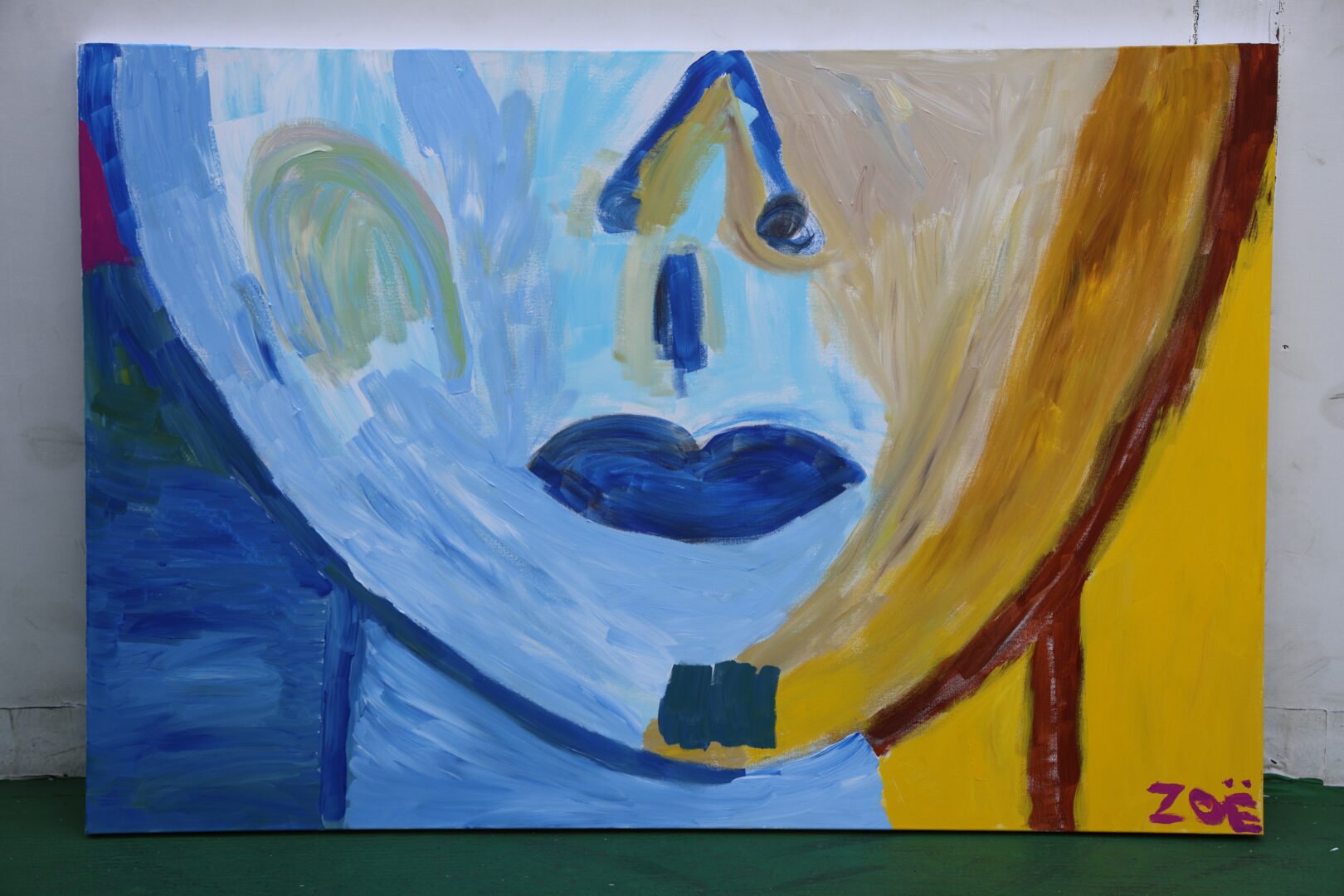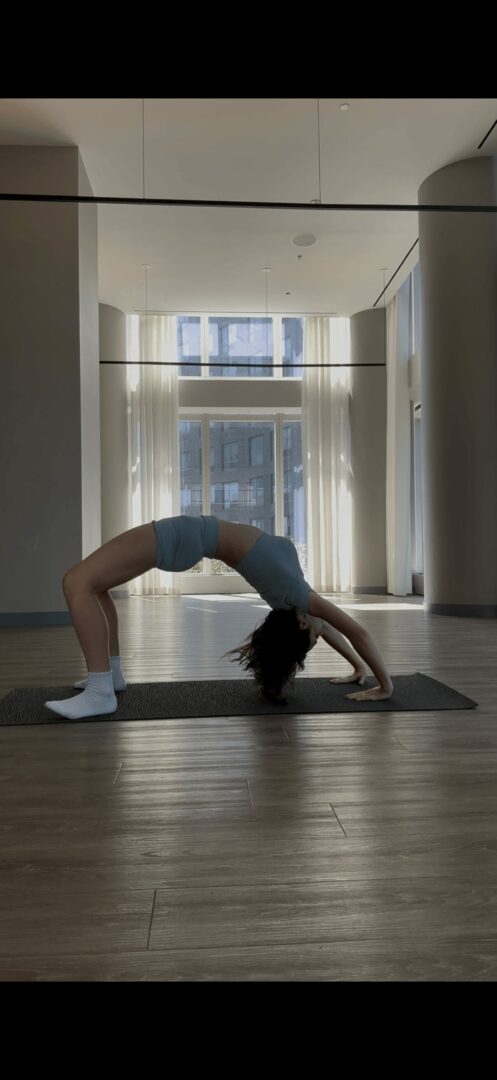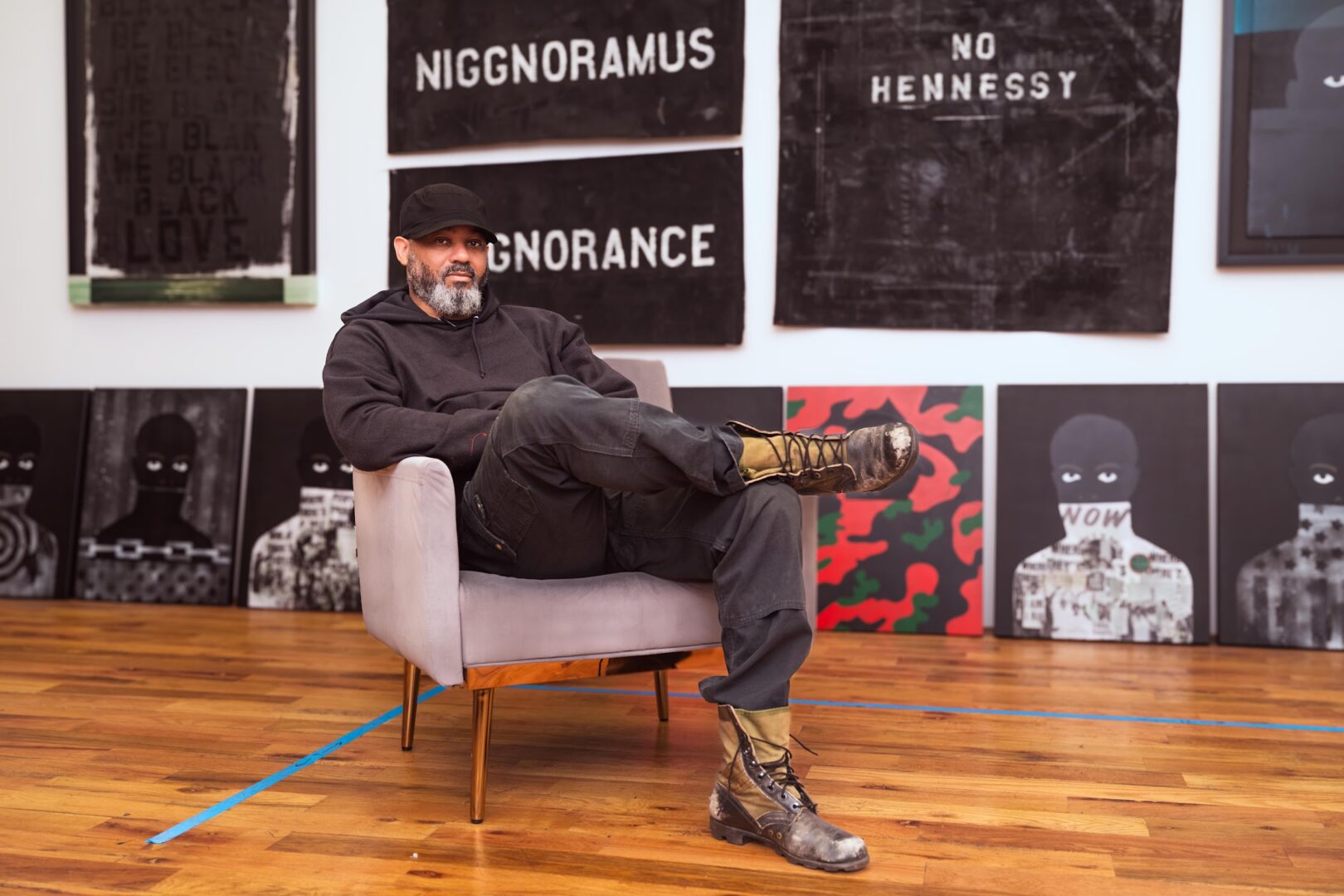We’re looking forward to introducing you to Zoë Anne Kessler. Check out our conversation below.
Zoë Anne, a huge thanks to you for investing the time to share your wisdom with those who are seeking it. We think it’s so important for us to share stories with our neighbors, friends and community because knowledge multiples when we share with each other. Let’s jump in: What is a normal day like for you right now?
A typical day for me balances creativity, discipline, and reflection. I usually start with movement—running or yoga—to ground my energy for the day. Much of my time is then devoted to painting and refining projects for my art brand, or studying, reading, and developing new ideas. I also make space for meaningful conversations and collaborations, whether that’s meeting a fellow artist or connecting with someone from the NY network. Evenings are quieter and more reflective; I love long walks through the city, nourishing food, and time to plan my next creative step.
Can you briefly introduce yourself and share what makes you or your brand unique?
I’m a New York–based painter whose work explores emotional depth through color, light, and the fragmented beauty of modern identity. I like to think of my art as a dialogue between feeling and thought—each piece is both a portrait and a reflection on how our inner lives shape what we see.
My first collection, Pieces, introduced what’s become my signature style, Temporal Expressionism. It’s an approach I developed to explore how emotion, perception, and identity evolve through time. Rather than capturing a single static moment, my paintings layer multiple emotional states—showing how people and memories fragment, overlap, and shift.
Temporal Expressionism brings together three key ideas: visible emotion through expressive gesture and color; a sense of time’s passage through repetition and dissolution; and a philosophical understanding that identity is never fixed, but constantly changing and refracted through perception.
I studied History and human behavior as an undergraduate, and later immersed myself in the study of light and color of the Old Masters at the Art Students League of New York. Those experiences shaped my belief that art should be both intellectual and intuitive—an evolving conversation between precision and vulnerability.
Okay, so here’s a deep one: What was your earliest memory of feeling powerful?
My earliest memory of feeling powerful was in elementary school when someone stole my artwork — not metaphorically, but literally. I had made a blue wire sculpture of a horse, and it was truly magnificent. When I realized it had been stolen, I was upset, and the teacher offered me more wire to make it again, to which I responded, “You can only make the Mona Lisa once.”
Looking back, that moment wasn’t about ego — it was about instinctively knowing that what we create has individuality and value. It was the first time I realized my art had energy — that something I made could move someone so deeply they felt compelled to not just posses it, but to take it. This experience taught me that creation itself carries power. Once you make something, it has a life of its own.
What’s something you changed your mind about after failing hard?
One thing I really changed my mind about after failing hard was what ‘progress’ means as an artist. A few years ago, I tried to make a short film that completely fell apart — I lost thousands of dollars, and it was humbling. At the time, I saw it as a failure because I didn’t have a finished product to show. But what I learned from that experience is that an artist isn’t behind just because the work hasn’t been shown yet. Creation itself is part of the evolution — even when no one sees it.
I realized that in the future, I need to make decisions based on what I truly want to express, not what I’m afraid of losing. That failure taught me to move from fear-based decision-making to vision-based creation. It changed my definition of success from external validation to inner alignment — and I think that’s the turning point when I started to find my real voice as an artist.
Next, maybe we can discuss some of your foundational philosophies and views? What do you believe is true but cannot prove?
I believe that God is always watching out for me.
When I think about all the incredible people who made my gallery possible, the blessings that shaped my childhood and education, my friends, and everyone who has supported my art along the way, I know I am being divinely protected. I feel profoundly grateful and see it as my responsibility—and my joy—to turn that grace into something good: to create work that uplifts, connects, and leaves a positive mark on others.
Before we go, we’d love to hear your thoughts on some longer-run, legacy type questions. When do you feel most at peace?
I feel most at peace when I’m expanding—spiritually, creatively, or intellectually. I’m an avid runner, a devoted yin yogi (join my class sometime), and a constant reader. I find joy in spending time with people from all walks of life, because each conversation reveals a new way of seeing the world.
For me, growth and peace are inseparable. I welcome change, because new experiences—whether artistic, social, or intellectual—stretch me in ways that feel deeply alive. Paradoxically, when something becomes too routine, I lose that inner stillness, as though my soul recognizes that it’s no longer evolving.
Ultimately, I’ve learned that peace isn’t the absence of movement—it’s the quiet confidence that I’m becoming more of who I’m meant to be.
Contact Info:
- Website: https://www.zoeannekessler.com
- Instagram: https://www.instagram.com/zoeannekessler/
- Linkedin: https://www.linkedin.com/in/zoeannekessler/
- Soundcloud: https://soundcloud.com/zoeannekessler




Image Credits
Nilea
so if you or someone you know deserves recognition please let us know here.




